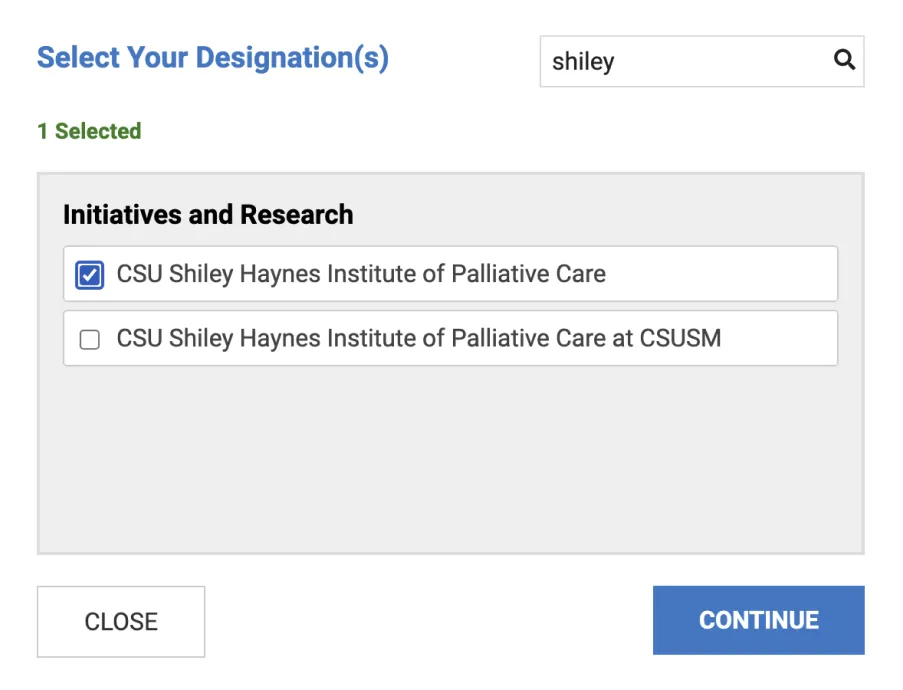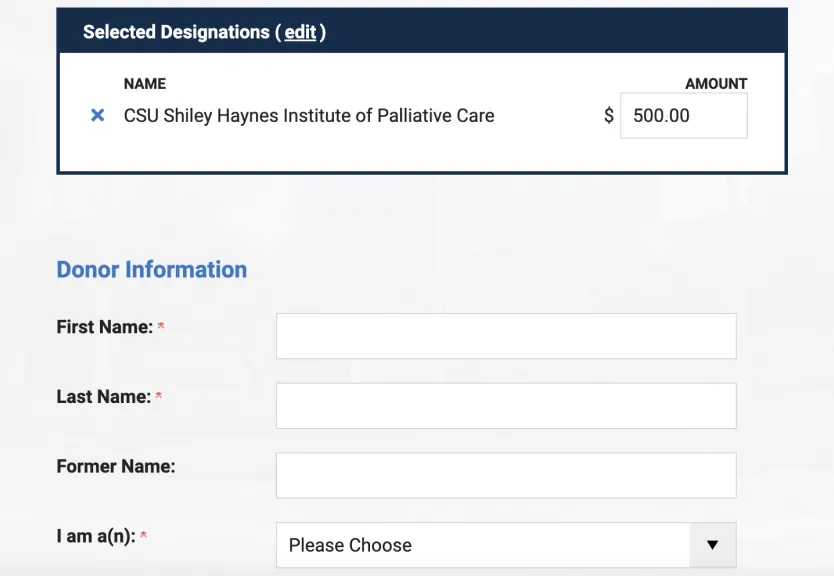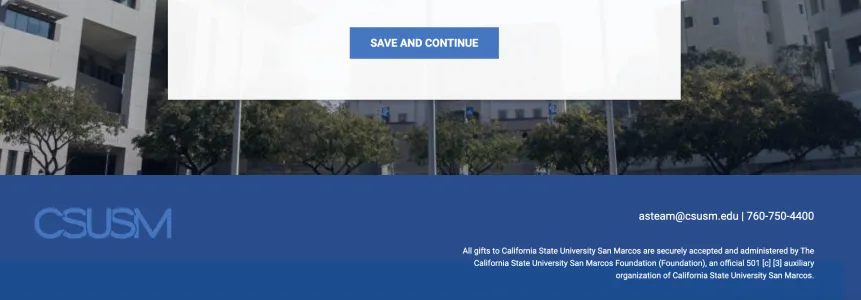Addressing Spiritual Pain Challenges Palliative Clinicians
Dame Cicely Saunders’ concept of total pain —including physical, psychological, social, emotional and spiritual facets of pain in seriously or terminally ill patients—asserts that there is more to treating pain than just giving opioids or other analgesics.
Kevin Dieter, MD, FAAHPM, HMDC, a hospice physician at Hospice of the Western Reserve (HWR) in Cleveland, Ohio, who teaches pain management courses to health professionals and participates on the faculty of the CSU Shiley Haynes Institute’s online pain course, says it is easy for palliative care clinicians to overlook spiritual pain in the patients they see. Efforts to support patients’ spiritual needs can get lost in the face of more immediate or urgent symptom management demands.
“We know that opioids don’t really reach patients’ spiritual pain,” Dr. Dieter says. “People who are actively dying are clearly in distress and suffering, and a lot of time the family’s suffering is voiced as: ‘Make it so we don’t have to watch Mom suffering.’ If we sedate Mom enough, then she’ll be sleeping and we won’t see her suffering,” he relates.
“But I believe Mom may be doing some important work at the end of her life. And that’s where expectations need to be addressed—as we strive for balance.” Equally important, he says, if you believe the dying person has work to do at the end of their life, they can’t do that work if they’re in too much pain.” That kind of existential work might include a search for meaning and lessons in their suffering and their dying. “Is it about forgiveness, or about hope?”
Dr. Dieter, who emphasizes the importance of addressing spiritual pain when he teaches medical trainees, works with students at Northeastern Ohio Medical University (NEOMED). They all get a palliative care curriculum in all four years of their schooling and clinical exposure at hospice and palliative care agencies around the state that partner with local training sites. Some do rotations or one-month electives at HWR’s David Simpson Hospice House or make solo home visits to HWR patients.
Along with some didactics, he says, “We ask students to sit in the room with dying patients, and then we debrief them,” he explains. “When a doctor or future doctor realizes that they can’t fix everything, then they can sit down with the patient and just be present with them.” The majority of students walk away from such encounters changed in how they view dying—and living.
When giving pain management education to physicians, Dr. Dieter tells them to pay close attention to spiritual concerns. “A lot of what goes on in the dying process is not medical. Things happen at the end of life that are mysteries we can’t explain,” he says.
“I tell physicians, if you feel uncomfortable, use your medications judiciously, and then use your skills in listening. Realize that when that’s all done, there will still be some pain and suffering that can’t be fixed with your medications. Just acknowledge it,” he says. “The best we can do is sit with, honor and accompany our patients.”
Most medical and even nursing training programs don’t incorporate specific palliative care or spiritual care content, notes Jennifer Moore Ballentine, Executive Director of the CSU Shiley Haynes Institute for Palliative Care. “Palliative care acknowledges that people feel pain in their persons as much as in their bodies—all clinicians need awareness of the reality of spiritual pain and some tools for managing it.” The Institute offers online courses in the Spiritual, Religious, and Existential Aspects of Care for all providers, and an 8-week online, instructor-led certificate program in Essentials of Palliative Care Chaplaincy.
Spiritual Research Literacy
Paul Galchutt, MPH, MDiv, a research staff chaplain with M Health Fairview in Minneapolis, Minn., and one of 17 Transforming Chaplaincy Research Fellows, part of a program to support the advancement of research literacy in spiritual care, suggests that palliative care is spiritual care. Spiritual pain has been studied more than many frontline clinicians might realize, with a growing body of published research, he says.
For instance, Marvin Delgado-Guay, MD, a palliative care physician and researcher at M.D. Anderson Cancer Center in Houston, Texas, has studied the association between spirituality, religiosity, and spiritual pain. He has quantified the presence of spiritual pain in 44 percent of advanced cancer patients in a palliative care clinic. Patients report that this pain contributed adversely to their physical and emotional symptoms (Journal of Pain and Symptom Management).
Natalie Ernecoff, PhD, MPH, policy researcher at the Rand Corporation, has studied how often religion or spirituality near the end of life gets screened in clinical settings, concluding that palliative care research supports broad screening for spiritual care needs. The Edmonton Symptom Assessment Scale has incorporated a question: Are you experiencing a pain deep in your soul that’s not physical?
When people are in pain, all they can experience is their present pain, Galchutt says. “You have to unburden them and ameliorate their pain. That same concept applies to spiritual pain. But that can happen in the presence of someone who is able to validate their process.” Some hospice or palliative care staff may not be as comfortable doing this on their own. But the chaplain can say: “’I’d love to be able to train you to do this,’” he says.
“It is interesting to me that when the person who most needs to be there shows up at the patient’s bedside, they are often told, ‘I’ve been waiting for you,’ as if the chaplain is needed to validate their experience,” Galchutt says. “In hospice and palliative care, we have these anecdotal stories of people in intractable pain who, when they are able to talk about something from 30 years earlier in their lives and unburden themselves of it, suddenly they don’t need their pain medication anymore.”
Substance Abuse History Complicates the Picture
If a person comes to hospice or palliative care with physical and spiritual pain and a history of substance abuse, it creates additional complications, Dr. Dieter says. “There are layers to their pain and suffering, which challenges the clinician: What can I treat with medications? What requires a different approach?”
It’s always complicated, rarely a single problem. Addiction also has physiological and biochemical components. Since the pendulum regarding opioid prescribing has swung toward greater restrictions, primary care physicians are more reluctant to prescribe opioid analgesics. As a result, more patients may reach hospice or palliative care in severe pain.
“The first thing I learned as a hospice medical director is that pain is what the patient says it is. But for some patients, it’s always 10 out of 10. Opioids don’t treat spiritual pain, and that’s why we have social workers and bereavement specialists on our teams.”
In fact, teamwork is essential in addressing total pain, Dr. Dieter says. “I think most hospices do a good job of managing spiritual pain. But we do our work through the transdisciplinary team, learning from each other and working together to manage our patients’ total pain.”




